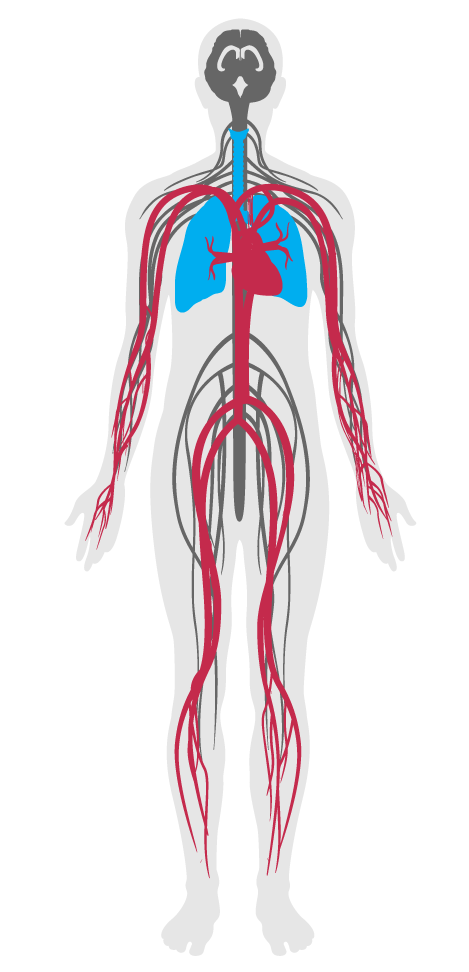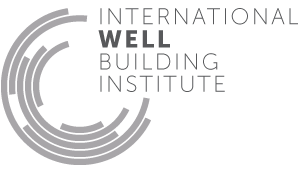Fundamental material safety
- 01 Air quality standards
- 02 Smoking ban
- 03 Ventilation effectiveness
- 04 VOC reduction
- 05 Air filtration
- 06 Microbe and mold control
- 07 Construction pollution management
- 08 Healthy entrance
- 09 Cleaning protocol
- 10 Pesticide management
- 11 Fundamental material safety
- 12 Moisture management
- 13 Air flush
- 14 Air infiltration management
- 15 Increased ventilation
- 16 Humidity control
- 17 Direct source ventilation
- 18 Air quality monitoring and feedback
- 19 Operable windows
- 20 Outdoor air systems
- 21 Displacement ventilation
- 22 Pest control
- 23 Advanced air purification
- 24 Combustion minimization
- 25 Toxic material reduction
- 26 Enhanced material safety
- 27 Antimicrobial activity for surfaces
- 28 Cleanable environment
- 29 Cleaning equipment
- P9 Advanced cleaning
11. Fundamental material safety
Some hazardous materials currently restricted or banned in the U.S. are often encountered in older buildings, such as asbestos, a known human carcinogen, and polychlorinated biphenyls (PCBs), a probable human carcinogen. Others, including lead, remain in limited use. Exposure to asbestos fibers through inhalation can occur when building materials degrade over time or are disturbed during renovation or demolition, and is associated with lung cancer and mesothelioma. Exposure to lead can have neurotoxic effects, even at low levels, and in early development is associated with negative effects on memory, IQ, learning and behavior.
All newly-installed building materials meet the following materials composition requirements:
For repair, renovation or painting on buildings constructed prior to any applicable laws banning or restricting lead paint, lead evaluation and abatement is conducted in accordance with the following guidelines:
To reduce hazards in buildings constructed prior to any applicable laws banning or restricting asbestos, the following testing, evaluation and abatement is conducted:
Any projects undergoing current renovation or demolition which were constructed or renovated between 1950 and the institution of any applicable laws banning or restricting PCBs carry out the following:
Mercury-containing equipment and devices are restricted in accordance with the below guidelines:
The following requirements are met:

Applicability Matrix
| Core & Shell | New & Existing Buildings | New & Existing Interiors | |
|---|---|---|---|
| Part 1: Asbestos and Lead Restriction | P | P | P |
| Part 2: Lead Abatement | P | P | P |
| Part 3: Asbestos Abatement | P | P | P |
| Part 4: Polychlorinated Biphenyl Abatement | P | P | P |
| Part 5: Mercury Limitation | P | P | P |
| Part 6: Playground Equipment Safety | - | - | - |
| Commercial Kitchen | Education | Multifamily Residential | Restaurant | Retail | |
|---|---|---|---|---|---|
| Part 1: Asbestos and Lead Restriction | P | P | P | P | P |
| Part 2: Lead Abatement | P | P | P | P | P |
| Part 3: Asbestos Abatement | P | P | P | P | P |
| Part 4: Polychlorinated Biphenyl Abatement | P | P | P | P | P |
| Part 5: Mercury Limitation | P | P | P | P | P |
| Part 6: Playground Equipment Safety | - | P | - | - | - |
Verification Methods Matrix
| Letters of Assurance | Annotated Documents | On-Site Checks | |
|---|---|---|---|
| Part 1: Asbestos and Lead Restriction | Architect | ||
| Part 2: Lead Abatement | Remediation Report | ||
| Part 3: Asbestos Abatement | Remediation Report | ||
| Part 4: Polychlorinated Biphenyl Abatement | Remediation Report | ||
| Part 5: Mercury Limitation | Architect | Policy Document | |
| Part 6: Playground Equipment Safety | Architect | Remediation Report |
| 11.5.a |
USGBC’s LEED v4 For Healthcare: MR prerequisite, PBT Source Reduction - Mercury bans the use of mercury containing equipment, including thermostats, switching devices and other building systems in new construction (of healthcare facilities). |
| 11.5.b |
USGBC’s LEED v4 For Healthcare: MR prerequisite, PBT Source Reduction - Mercury recommends phasing out mercury products and upgrading current mercury-containing lamps to low mercury or mercury-free lamp technology in renovating healthcare facilities. |
| 11.5.c |
USGBC’s LEED v4 For Healthcare: MR prerequisite, PBT Source Reduction - Mercury recommends that projects only specify and install illuminated exit signs that use Light Emitting Diode (LED) or Light-Emitting Capacitor (LEC) lamps. |
| 11.5.d |
USGBC’s LEED v4 For Healthcare: MR prerequisite: PBT Source Reduction - Mercury recommends that projects do not install or specify mercury vapor type high intensity discharge (HID) lamps and probe start metal halide HID lamps in interior spaces. |
| 11.2.a |
The EPA's Work Practice Standards for Conducting Lead-Based Paint Activities document establishes requirements for conducting lead-based paint activities. |
| 11.2.b |
The EPA's Work Practice Standards for Conducting Lead-Based Paint Activities document establishes requirements for conducting lead-based paint activities. |
| 11.2.c |
The EPA's Work Practice Standards for Conducting Lead-Based Paint Activities document establishes requirements for conducting lead-based paint activities. |
| 11.3.a |
AHERA's Asbestos Model Accreditation Plan establishes asbestos limits. |
| 11.3.b |
The EPA's Guidelines for Conducting the AHERA TEM Clearance Test to Determine Completion of an Asbestos Abatement Project guidelines establish requirements for conducting post-abatement checks. |
| 11.3.c |
The EPA's Guidelines for Conducting the AHERA TEM Clearance Test to Determine Completion of an Asbestos Abatement Project guidelines establish requirements for conducting post-abatement checks. |
| 11.4.a |
The EPA's Steps to Safe PCB Abatement Activities establishes PCB abatement procedures. |
| 11.4.b |
The EPA's Steps to Safe PCB Abatement Activities provides guidance on the handling, storage, and disposal of PCB waste. |
| 11.1.b |
USGBC's LEED v4 Pilot Credit 54, v3 2009 requires that a minimum of 20%, by cost, of at least 3 building product and material types must not contain lead and lead compounds greater than 0.01% (100 ppm) as calculated by mass. |
| 11.6.c |
The authors recommend an "interim standardized approach for sampling, interpreting results, and taking health-protective actions" for the assessment of lead in synthetic turf. |
| 11.6.b |
The EPA notes that some studies suggest that the application of oil-based or semi-transparent stains "may reduce the migraton of wood preservative chemicals from CCA-treated wood." |
| 11.6.a |
The CPSC Staff Recommendations for Identifying and Controlling Lead Paint on Public Playground Equipment identifies potential lead poisoning hazards in some public playground equipment and provides recommendations for controlling such hazards. |
